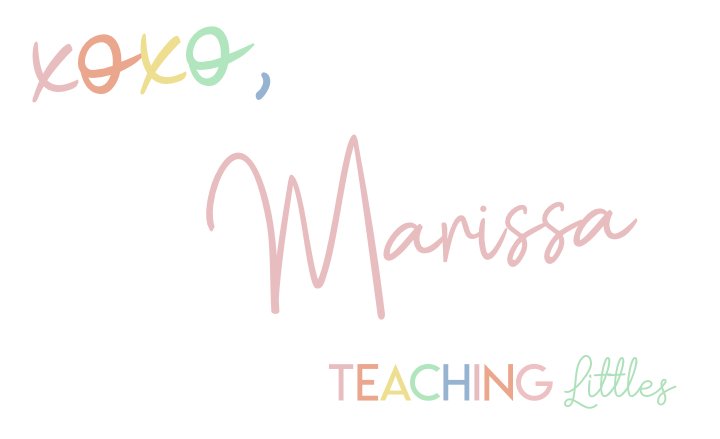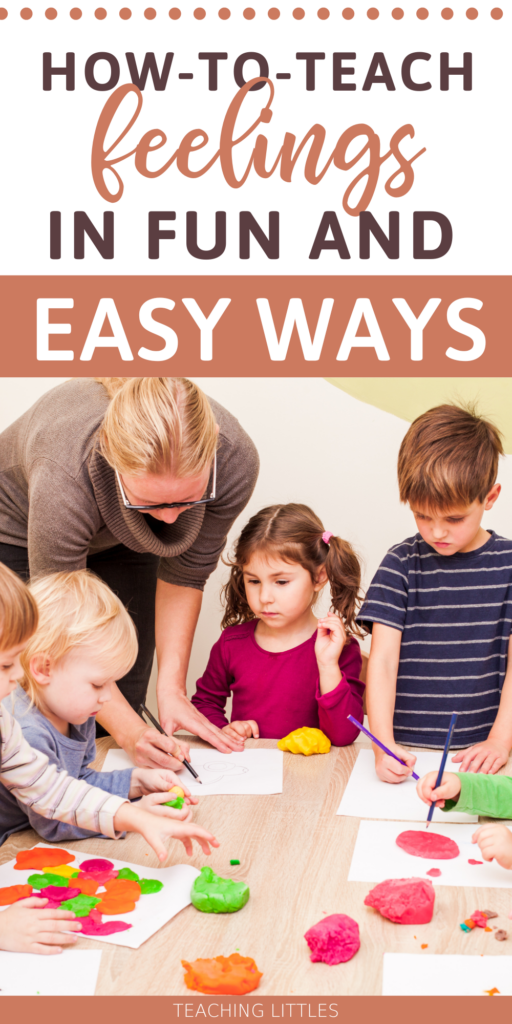As children start to be more independent and opinionated, they start to feel emotions on a larger scale. Teaching children about their own and others’ feelings may seem daunting, but these activities will help make it simple, fun, and easy.
How do children learn about feelings?
Children are information sponges. There are many different ways that they can learn something.
Their primary source of learning about feelings is their parents. They are going to watch how you respond to every situation and use your reaction to form their own behavioral patterns.
Related Post: 30 Books about feelings for Preschoolers
Benefits of Teaching about Feelings
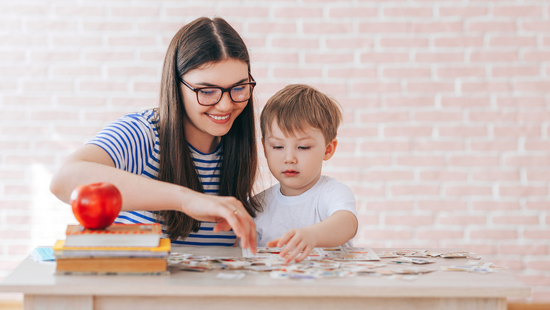
There are many benefits of teaching your children about feelings. Those benefits include emotional intelligence, reducing anxiety, and helping guide your children through their emotions.
Promotes Emotional Intelligence
Teaching your children about their feelings is an important part of guiding your little ones to be the people you want them to be. With your help in discerning what each emotion is, as well as whether it is positive or negative, your children won’t have to wander through the murky realm of emotions with no guidance.
Reduces Anxiety
Anxiety is a feeling of worry or unease about something unknown and potentially threatening. When children experience an unknown emotion, they are unable to process what is happening and will be filled with anxiety.
Explaining these emotions to your children removes the unknown factor and allows them to process what is happening without issue.
Helps Parents
When your child can label their own emotions, it’s easier to help them cope with the situation entirely. Having the first step already taken care of allows you to focus on the root issue instead of having to address the reaction, making the entire process easier on you.
When Should You Start Teaching about Feelings?
Emotions are something we have all dealt with since birth. From our first tantrum from hunger to a dirty diaper, we have had emotions.
The trick is having a guiding hand to navigate these emotions. While crying is the only way for our babies to communicate their needs to us, we still need to make sure to reinforce good and bad behavior appropriately.
It takes time to teach your child that they may think they’re upset about not finding their stuffed animal, but are actually upset because they are feeling overwhelmed and scared.
Helping children to identify the root of their emotions can help them independently handle the issue appropriately and accurately.
Therefore, since emotions can be talked about with babies, children can learn about emotions and feelings as early as age 2 and even more important to teach around age 3 and up.
Related Post: 31 Things You Can Teach Your 3-Year-Old
What is the First Step in Teaching about Feelings?
As with everything you teach your children, you should start with the basics. The first step should be to identify and give a name to these feelings, such as happy, sad, scared, excited, mad, grumpy, surprised, etc.
Giving these feelings a name will help them understand what is happening. After they can identify what they are feeling, they will be able to react accordingly.
Fun & Easy ways to Teach About Feelings
When you’re teaching young children, you always want to make the lesson as fun as possible. This will help them stay engaged and remember what they’re learning.
Here are some ways to make learning about feelings and emotions fun:
Sing Songs

Singing songs is a great way to keep little ones engaged and participating in their learning. When teaching emotions, you can alter many different nursery rhymes to suit your needs.
The Feelings Songs webpage has a lot of unique ideas and examples of how to adjust a tune your children already know to help teach them about their emotions.
Use Games
Using games as a way to teach is a brilliant idea. I always find that we learn best when we are having fun!
Emotional Charades: Emotional charades gives children the opportunity to act out and identify different emotions. This blog has a great sample conversation to have with kids and a free printable!
Emotional Musical Chairs: Emotional musical chairs is like the regular game of musical chairs we played as children, with a twist! The person that ends up not having a chair has to act out an emotion called out by an adult!
The Big Box of Feelings Kit: This bundle is designed to help children develop strong emotional toolkits, which is a proven foundational skill for developing coping mechanisms.
The Big Box of Feelings kit features daily rituals that start meaningful conversations. Start the day with the yoga deck with poses that honor emotions and spend the afternoon coloring the dry erase placemats to discover hidden emotions.
The magnetic box and activity set allows the imagination to run wild, with guided questions for hours of emotion exploration.
Conclude the day with two books on social emotional learning, My Mama Says Inside Me Lives a Village & My Mama Says Inside Me Lives a Superhero. As an added bonus, the Angry Hippo and Sad Sullen Pup Plushies allow children to embrace their emotions when experiencing these big feelings.
Watch Videos

While I definitely don’t advise allowing your children to peruse YouTube without supervision, it does have multiple videos that can help your children learn about emotions. Some of my favorites include Guess the Feelings and Emotions and Emotions for Kids.
These videos allow kids to see an animated face to go along with the explanation of each emotion. They serve as a great tool for you to help fully explain these emotions to your little ones.
Use Art
Every child loves to color and draw. Using this interest is a great opportunity to teach them about emotions.
One way to teach emotions is to ask them to draw different faces. Another would be to print out an emotional coloring sheet and ask them to color a specific face one color until the sheet is complete.
Acknowledge Your Child’s Feelings
Acknowledging your children’s feelings lets them know that they are important. By showing them that how they feel is important, you show them that their perceptions matter to you and are valid.
Share Your Feelings with your Child
Sharing your feelings with your child is equally as important as acknowledging their feelings. When you share your feelings with your child, it shows them how their behavior impacts the world around them.
Read about feelings
It’s no secret that little ones LOVE books! Harness that love of books into being educational and fun!
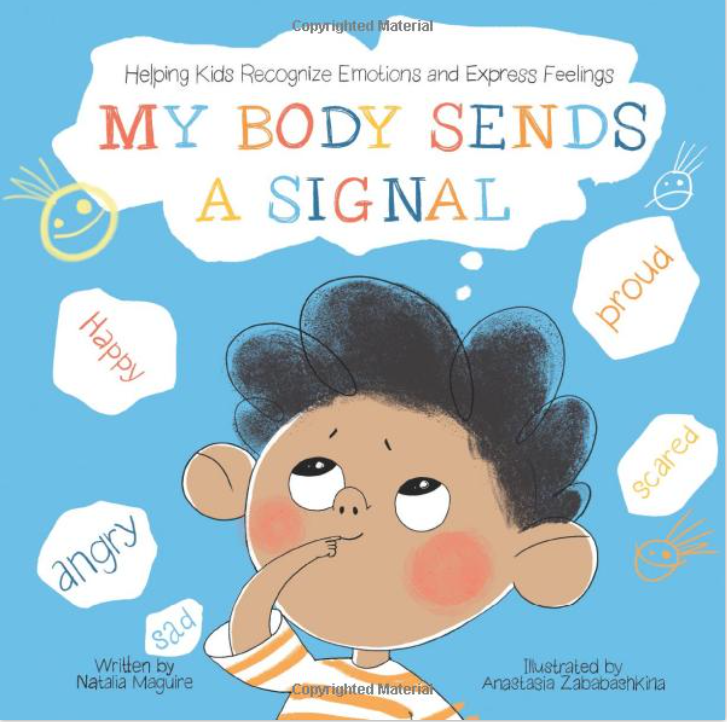
- Little Monkey Calms Down (2-4 Years)
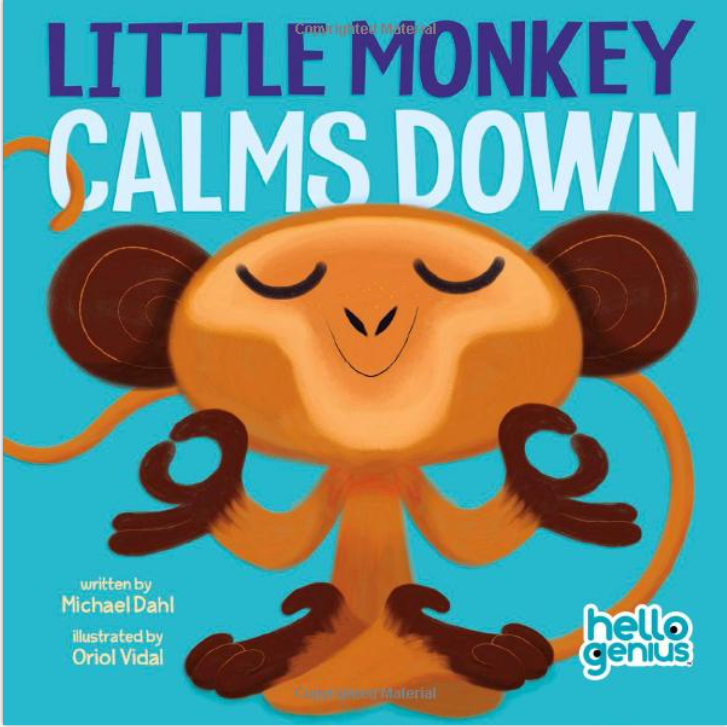
- Making Faces: A First Book Of Emotions (1-3 Years)
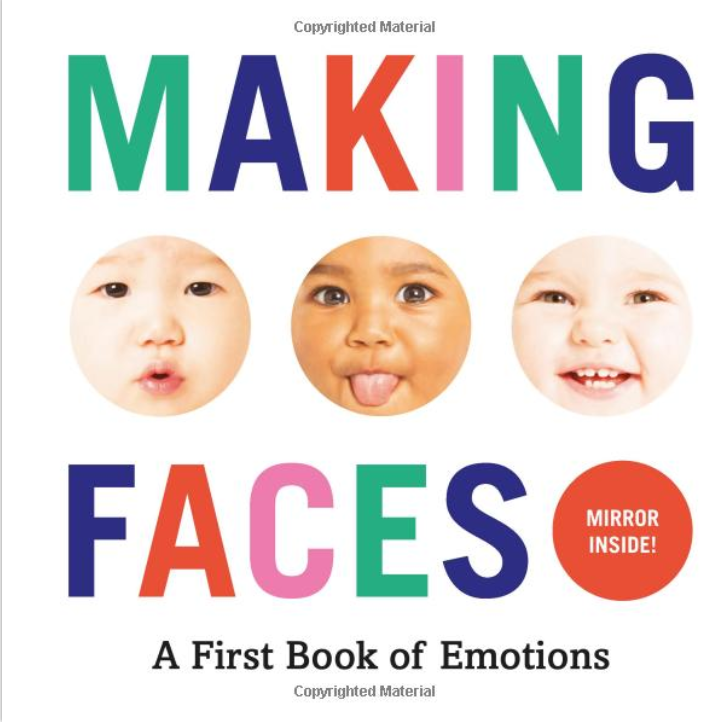
- In My Heart: A Book Of Feelings (2-4 Years)
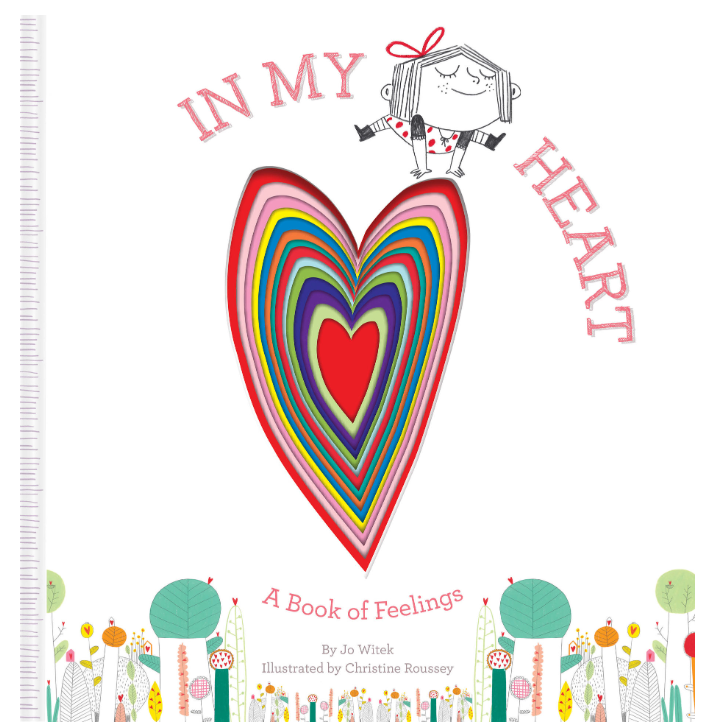
- Grumpy Monkey (3-7 Years)

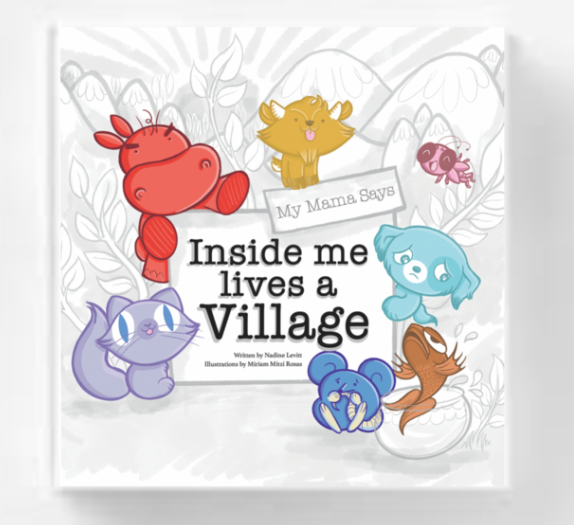
Talk about others’ feelings or how they may be making others feel
When children start to understand their own feelings, it allows them to start to understand how they are making other people feel. They are able to understand that their actions affect the people around them.
If they can understand how they are making everyone around them feel, they will be able to understand how they should act to keep a comfortable environment around them.
Teach Healthy Emotional Expression

As stated previously, children watch their parents for an example of how to express themselves. If they see you expressing your feelings in a positive manner, they will express their feelings in a similar fashion.
However, the reverse is also true. If they see you expressing yourself in a negative manner, their behavior will follow the same path.
Teach your child about “I feel” Statements
I feel statements are the best way to make sure your children understand how you feel as well as how they can clearly communicate how they feel. Once your child has a name for their feelings and can tell you exactly how they feel, it empowers them to have greater understanding and control of themselves.
Whenever your child starts a sentence with “I feel”, it also serves as a great trigger for anyone listening to pay close attention because it is obviously extremely important to them.
When it’s not possible for them to communicate, teach your child to use mindfulness techniques:
Cuddling with something serves as a great stress relief for anyone. When cuddling with someone or something, it releases chemicals in the brain that allows them to relax and gives them time to process everything more easily.
Playing with fidgets or other tactile items is a fantastic way to temporarily distract themselves whenever they are starting to get overwhelmed. If you teach them to take their mind off of what is bothering them, they will be able to use that break to calm down and figure out a healthier way to express themselves.
While deep breathing may seem overrated and cliche, I can honestly say it does work. Getting your little ones to take a step back and focus on their breathing both calm their breathing/screaming, as well as provides a much-needed distraction from whatever has overwhelmed or overstimulated them.
Praise your child when they use words to express their feelings
Everyone seeks praise in one form or another, especially children. Children want to know that they are doing something right or have behaved appropriately.
When your child doing something right, you want to not only recognize and point it out but emphasize exactly what they did right and how it made you feel. Doing so will both make them excited and show them how important it is to behave or express themselves in a positive and healthy manner.
DIY Activities for Teaching about Feelings
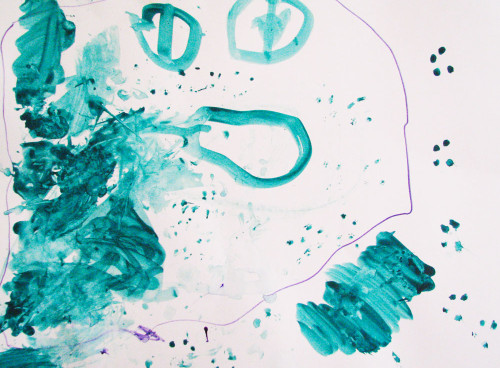
Painting about feelings can be very beneficial in that it helps children attach emotions to colors. KinderArt walks you step by step through emotion painting!
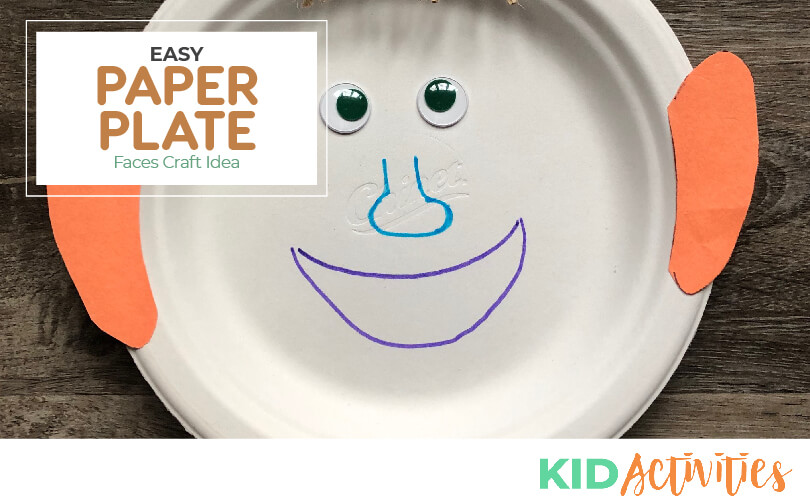
The ability to identify different emotions based on their facial expressions is a very valuable skill to have. In this activity, you can have your kiddos make a few different faces displaying different emotions.
Use Puppets or Toys to Act out Emotions
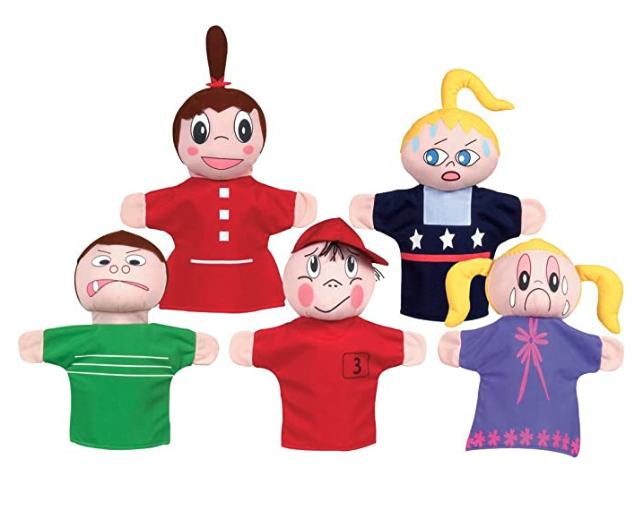
Using puppets or toys to act out emotions and different scenarios can give children the tools to handle different situations. These puppets are adorable and have emotions already!
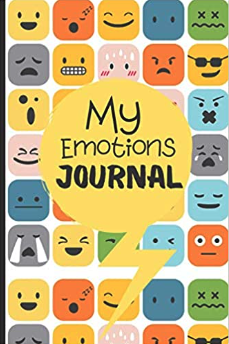
Journaling has always helped me process what I am going through and feeling. This journal is great for children and at the end of the week, you can review the journal together to discuss feelings! I like this journal from Amazon for kids!
Frequently Asked Questions about Teaching Feelings
What is the best age to teach feelings?
It is never too early to start teaching and identifying your child’s feelings!
What is the best method of teaching feelings?
I would say that singling out one method would not be ideal. Making sure that you are teaching your child in multiple different ways helps to round out their education in emotional awareness.
Teaching feelings is not only beneficial for your little one but for everyone around them! The more emotionally intelligent a child is, the better he or she can relate to those around them.
Emotional intelligence also helps to reduce anxiety levels and increases their ability to handle the emotions they are feeling or witnessing in others.
What are your favorite ways to teach feelings? Do you have any questions to add? Let me know in the comments below!
